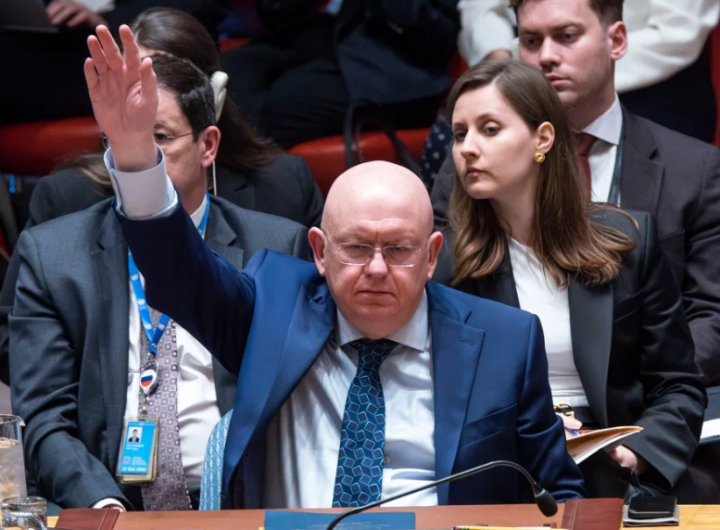
While all sides are calling on Kosovo and Serbia to find a compromise solution, for the sake of further peace and stability between the two countries, documentaries, films and TV series have been made in Serbia on the topic of idealizing the second Kosovo battle. This is one of the war tragedies that has been talked about in Serbia in recent years as a heroic epic of young soldiers who defended the border and prevented the entry of members of the Kosovo Liberation Army (KLA) from Albania into Kosovo during the NATO bombing.
In the book “Kosare: New Battle of Kosovo” intended for children, the battle of Kosare is described as a holy battle, and through 12 action stories, illustrated how a ground attack on Kosovo was prevented, as stated in the book description, during the NATO attack on Serbia .
The book is dedicated to all “Serbian heroes” who fought at Kosare. However, the book does not state what led to a such a battle and why the Serbs fought against almost the whole world. Their Russian friends were not against NATO intervention either. The war with Slovenia, Croatia, Bosnia and Herzegovina and Kosovo was started by Serbia in the 1990s.
In the Serbian media, articles about the fight at Kosare until 2011 almost did not exist. From 2011, when the articles dedicated to Kosare first appeared, until 2015, 17 texts were published. However, in 2016, the number of texts about Kosare grew sharply, so, that year, 75 articles were published. Since then, the number has been steadily increasing.
The media that published the largest number of articles about Kosare from 2011 to March 2020 are: Kurir – 44, Vesti Online – 41, Vecernje novosti – 38, Pravda – 37, Informer – 34, Telegraf – 30, RTS – 29, Blic – 26 and Hello – 25.
Among the Serbian pro-government portals, there is a portal financed by Russia, Sptunjik, which published at least 33 articles about the battle of Kosare in that period.
Since 2016, the media discourse in Serbia has been predominantly formed in a dichotomy consisting of representatives of state structures and political parties and media representatives, with space occasionally given to veterans’ associations, direct participants and families of fallen soldiers. The impression is that the media functions to a significant extent as transmitters of messages from government representatives and political parties and groups.

The way Serbian media previously reported, they spread propaganda and thus encouraged inter-ethnic conflict, they linked the Kosovo Liberation Army to Al Qaeda and terrorist attacks, calling them “jihadists” and “mujahedeen”.


 Russia already treating Bosnia’s Republika Srpska as an independent state
Russia already treating Bosnia’s Republika Srpska as an independent state  Russia vetoes US-backed UN resolution to ban nuclear weapons in space
Russia vetoes US-backed UN resolution to ban nuclear weapons in space  A branch of the Serbian Orthodox Church calls for Kosovo to be declared an occupied territory and denies Srebrenica
A branch of the Serbian Orthodox Church calls for Kosovo to be declared an occupied territory and denies Srebrenica  Peskov disinforms: The USA is directly involved in the conflict in Ukraine
Peskov disinforms: The USA is directly involved in the conflict in Ukraine  Russian deputy defence minister Timur Ivanov accused of taking bribes
Russian deputy defence minister Timur Ivanov accused of taking bribes  “Alo” with disinformation about US aid to Ukraine: It will not be enough
“Alo” with disinformation about US aid to Ukraine: It will not be enough